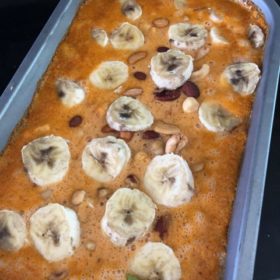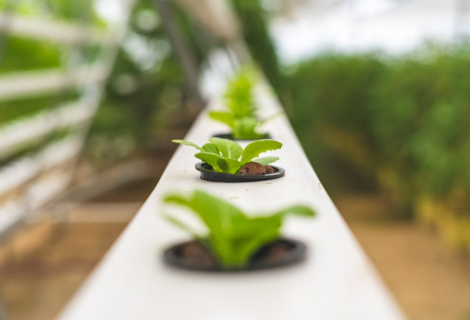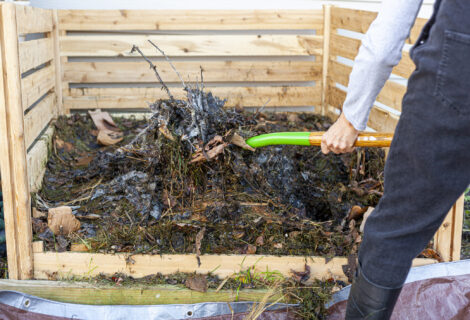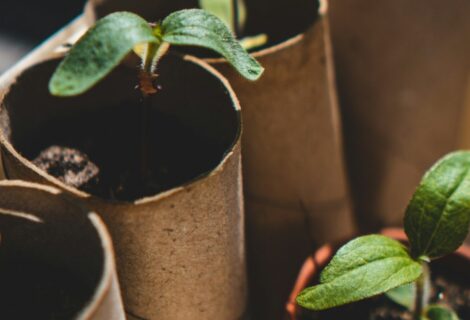Growing plants is very beneficial because it helps clear away carbon. With grow lights, you can grow many plants indoors such as houseplants, orchids, and even fruits and vegetable crops. These are also great for seedlings, ensuring they will grow healthy and strong.

When you know how plants use light, you can manipulate them into growing indoors, allowing you to have a sustainable garden that can give you the produce you need in any season.
The following is a guide on how to find the best grow lights for indoor plants:
Decide On Warm Versus Cool Lights
Grow lights are normally labeled according to their color spectrum and these numbers indicate their warmth or coolness. Higher numbers mean a cooler light.
Higher spectrum bulbs are ideal for producing root crops, seedlings, or green leafy vegetables. Meanwhile, a lower spectrum bulb will work well for flowers and fruit crops.
It’s also important to know how long your plants should be exposed to grow lights. For instance, if you want to grow tomatoes indoors, you need to ensure that they get 8 hours of daily illumination.
Know the Types of Grow Lights
- Fluorescent
A standard fluorescent bulb is good for foliage indoors and seedlings. They imitate the natural light found outdoors. Thy also augment circumstances when lighting is low. Fluorescent lights are weak-intensity lights and need to be placed near the plant to have an effect.
- LED
LED grow lights are pricier than fluorescent bulbs but use half the amount of electricity and last much longer. LED grow bulbs are much more intense than fluorescent lights. Choose fluorescent bulbs if you’re only growing a handful of plants, but choose LED lights if you are growing a large quantity for a higher light intensity per square foot. LEDs also produce little heat, which can be beneficial if you have many lights in a small space. If you want to know the best LED lights, you can get some information on LED grow lights reviews online.
- HID
Before LED lights, HID grow lights were the main choice for indoor plants. HID lights are very powerful, but they consume electricity efficiently and are extremely hard to install. They can also get very hot and can penetrate farther into the leaves when growing large bushes. High-pressure sodium bulbs are best for flowering plants because they are low spectrum. Metal halide bulbs are high spectrum and are good for vegetative growth.
Color Lights and Plant Growth
The color of the light affects the type of plants you want to grow generally. These are some basic things to consider:
- Violet-blue light (400 to 520-nanometer range) encourages the process of photosynthesis, and growth.
- Red light (610 to 720 spectrum range) promotes the growth of flowers.
Grow lights should provide the proper spectrum of light for photosynthesis, which is the key to plant growth. Lights that can provide a full spectrum are the ideal choice for plant space.
Final Thoughts
Growing plants, whether as a hobby or profession, is very rewarding. Literally, eating the fruits of your labor is a worthwhile experience that can give you satisfaction. Choosing the right grow lights for your growing needs can give you an efficient way to grow strong and healthy plants in no time, whatever the season.









